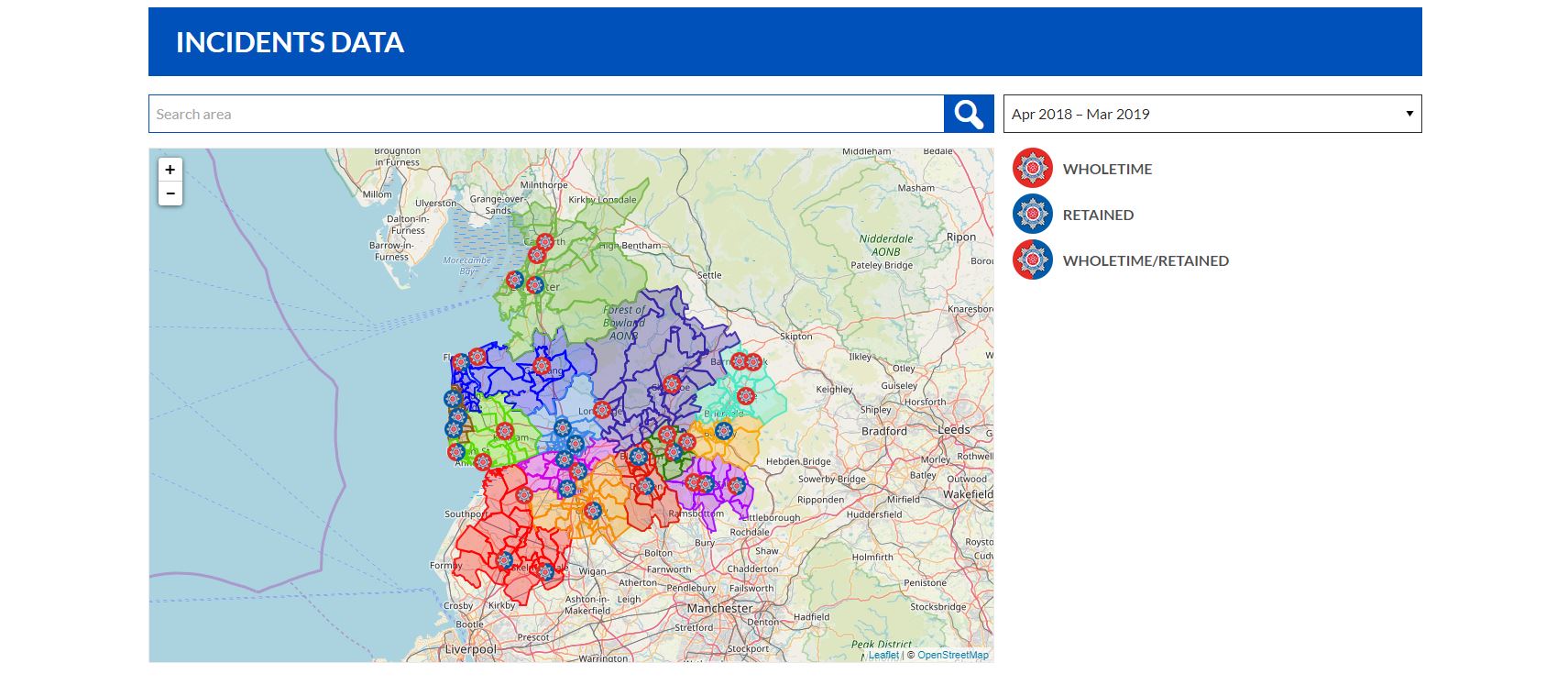What can bespoke do for you?
Bespoke products or services are tailored specifically to your company’s needs.
The only people intending to use it are you and your employees.
Building bespoke products or services is an opportunity to be creative. Your company has ownership over these and can choose to customise further at any point if you wished to.
Some of the benefits of bespoke
Bespoke products or services are popular with businesses looking to put their own stamp on their site.
They boost your credibility and differentiate you from your competition – for example, bespoke software is more efficient for you and your users.
Customise to match your brand
Your website is a large part of your brand. This means that building software that coheres with your branding guidelines is essential.
When people visit your site it should be a continuation of your brand.
Bespoke software caters for this through its development flexibility.
It’ll also help you stand out. Unique and useful features mean you’ll be clearly visible in your market.
Remove unnecessary characteristics
Eliminate unwanted features. If it’s not appropriate to your business, make sure it isn’t included in the proposal.
Why pay more for systems and software you aren’t going to use? Your company will be more efficient without them.
It’ll save money in the long-run too.
Improved security
Bespoke software is much harder to break through. Hackers will struggle to breach a bespoke system much more than ready-made solutions used by the thousands.
If hackers gain access to one commercial package they then have the potential to gain access to the details of many companies.
If you have a bespoke system then you won’t be on that list.
Our Latest Bespoke Project
Lancashire Fire and Rescue approached us and asked our developers to build them a custom incidents heatmap.
Check it out here and below.

Lancashire Fire and Rescue’s heatmap.
They wanted a place their users could go to see where there had been fire-related accidents over certain periods of time.
How did our developers do it?
The map was drawn and visualised using OpenStreetMap and the Leaflet Javascript library.
Raw location data containing all local wards and districts were sent over in the form of Shapefiles.
Wards were grouped into districts and colour-coded based on Local Authority Codes within the data.
Location lookup via the search is done using the OpenStreetMap free lookup service. This is from where the longitude and latitude coordinates are returned.
What can the heatmap do?
On the incident map, users can search and view incident statistics of particular wards in certain time periods.
The information is presented when you click a specific ward on the map. This is done by using the search field and entering a postcode (or location address).
The selected ward is then highlighted. Each district has it’s own colour to make it easy on the eye.
Users can change the time period using a drop-down menu. Only one time period is available at the moment – this will grow in time.
The data and ward statistics are imported as CSV files using the website back-end. It’s easy to add/remove time periods with data by attaching a new file and setting the time period label.
Lancashire Fire and Rescue’s bespoke software now makes it easier for visitors to use their incidents map. It is a unique piece of software and was designed to cater to each usage requirement.
For more information fill out a contact form below, or send us a message on Facebook.
PS. Check out the benefits of having a bespoke website.


